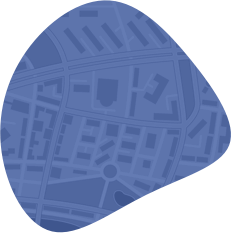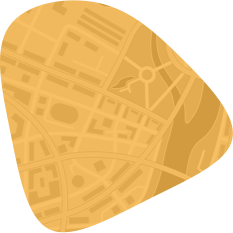
Breaking a bone at work can be painful and traumatic
Treating broken bones and fractures is complex because there are so many different ways a bone can break. Depending on your workplace injury and other factors such as age and health, your treatment may differ from someone else suffering from a similar fracture.
At Island Musculoskeletal Care (IMC Bone Doc), our board-certified, fellowship-trained physicians are experienced in treating broken bones and fractures. In addition, our doctors have years of experience diagnosing, treating, and assisting injured workers trying to navigate New York's workers' compensation system.
If you suffered a broken bone at work, IMC Bone Doc can assist you in advancing your New York workers' comp claim so you can concentrate on recovering. We can complete all the necessary paperwork, provide the supporting materials, and aid in moving your claim forward while you focus on getting healthy.
Types of fractures
Whether an object crushed your limb or you had a slip and fall at work, broken bones can be painful. There are many different bone fracture patterns or shapes and ways a bone can break. Some patterns include:
- Simple or closed fractures: With this type of fracture, the bone breaks but does not shift or move around. Instead, the fracture stays stable and in place.
- Unstable fractures: Unlike a simple fracture, an unstable fracture can be displaced.
- Open or compound fractures: This type of fracture is serious. The bone breaks enough that a part of the bone punctures through to the skin. Because of this, the open wound can quickly become infected.
- Greenstick fractures: Instead of a complete break, a greenstick fracture happens when the bone bends or cracks.
Treatment and healing
After a fracture, your body will naturally try to heal by protecting your injury with a blood clot or callus. But bone cells take a long time to grow - up to and over a year. Fortunately, there are non-surgical and surgical treatments to assist the body in healing your fracture.
Non-surgical: Casts and traction
Unstable and other fractures involve a broken bone that has moved out of its natural alignment. If this is the case, your doctor may recommend a cast. A cast or splint will stabilize the fracture and move the bone back to where it can heal properly.
If a fracture cannot be healed by casting, a traction method can be used. Skin traction or skeletal traction will be used to realign the broken bones. With skeletal traction, a pin is inserted into the broken bone with a weight attached. The weight pulls the bone until it is back in its proper position. Skin traction is less invasive and uses tape on the skin and soft tissue.
Surgical treatment: Open reduction and internal fixation (ORIF)
Sometimes a fracture is too severe and cannot be fixed with traction or a cast. In this instance, your doctor might recommend surgery like ORIF. During ORIF surgery, surgeons will work directly on the broken bone. The fracture will be exposed, allowing them to repair it with plates, screws, and rods so that the shattered bone stays together.
Get treatment for your work-related fracture
If you suffered a broken bone on the job in New York, you may be entitled to workers' compensation benefits. But as soon as you can, you should see an experienced doctor. Fractures are serious injuries that require serious medical attention.
The doctors and surgeons at IMC Bone Doc are here to treat and heal your broken bone. Take your bone fracture seriously right from the start. Call or email us today to schedule an appointment. We proudly serve patients in Brooklyn, the Bronx, Queens, and Nassau and Suffolk counties. We also frequently offer same-day appointments.






















